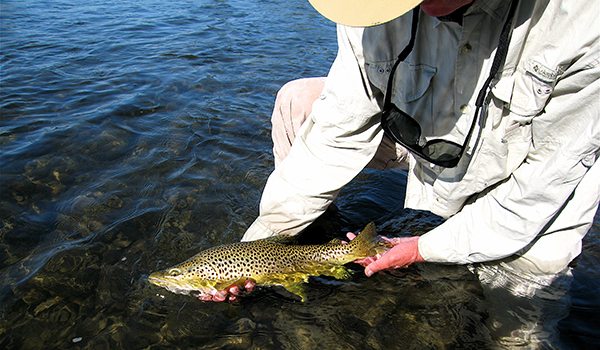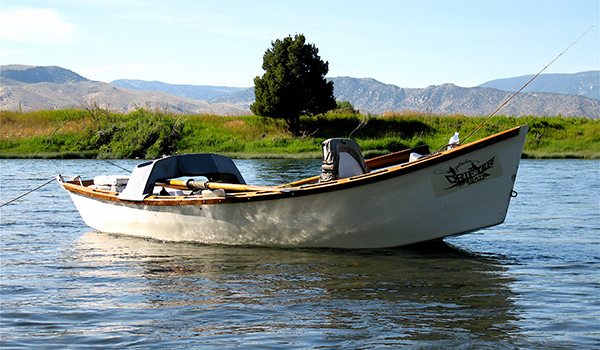The current threat of parasites affecting whitefish in the Upper Yellowstone River Basin provides an insight of how activity in our pristine areas of the world can impact native plant and animal populations. Montana Fish, Wildlife, and Parks officials say this is a newly introduced species in the Yellowstone drainage, but as of yet have not provided ideas on where it may have originated. Following the death of thousands of fish there was a closure of 183 miles of the Yellowstone River and its tributaries. This shows the severity of concern from scientists monitoring the region’s aquatic health to the impacts of the parasite (related to jelly fish) on fish populations.
Introduced species impacting native wildlife is not a new topic of concern. Today the increasing snake population is putting pressure on native animal species of the Florida Everglades as the introduced carnivore competes for food. In 1990, people in the US were allowed to purchase imported Burmese Pythons. Available in pet stores, the snakes were sold for $20 for a 20 inch long juvenile snake. Within a year, the snake could be as long as 5 feet in length and as an adult can reach 20 feet in length. As people were unable to care for the large snakes, they released them into the wild. This is a visible and highly publicized example of the impacts introduced species have on a new host community.
Invasive species are introduced in many ways, and as we increase our activities across the world, we provide the opportunity for plants and animals to arrive in new locations. Within Montana itself, Montana Fish, Wildlife, and Parks are at work to reduce the risk of aquatic invasive species (AIS) such as the zebra and quagga mussels. Boat check stations are mandatory for boaters as they transport their watercraft across the state. These mandatory stops also educate recreationalists on the proactive steps they may take to help in preserving our incredible landscape.
Within the Bozeman Live Water office, we work to inform buyers of invasive species on properties they are considering, and also connect them to professionals who can provide the expertise to manage these aspects. In Montana we are fortunate to have excellent resources available to educate and mitigate these issues.
The Montana Weed Control Association describes noxious weeds as “plants of foreign origin that can directly or indirectly injure agriculture, navigation, fish or wildlife, or public health.” Leafy Spurge, Russian, and Spotted Knapweed are examples of plants that have been introduced, have negatively impacted our landscape, and now are beginning to be impacted by biological controls brought over from their native place of origin. Spotted Knapweed was first documented in North America in 1883, in Victoria, B.C. It was introduced in Alfalfa seed and discarded ballast dirt from ships. The first known plants in Montana were identified in Ravalli County (Hamilton area) in 1920, and quickly spread throughout all Montana counties with approximately 100,000 acres of infested area to date. Spread of Knapweed continues today by livestock, wildlife, recreationalists, loggers, and road builders. The biological controls of the invasive plants in their place of origin are studied at length to make sure they do not impact native plant and animal species before they are considered to be introduced. Currently 13 insects have been introduced to control Knapweed and have significantly reduced plant densities in monitored areas.
The Yellowstone whitefish die-off is a troubling chapter of how our activity provides introduced plants and animals to impact a native resource. These incidents need to be a call to action for each of us that enjoy and are passionate about our environment as we continue to be our own watchdogs. It is our responsibility as landowners and stewards to help in protecting our amazing parts of the world to pass on to the next generation.
By Jack McInerney Associate Broker at Live Water Properties Bozeman.





